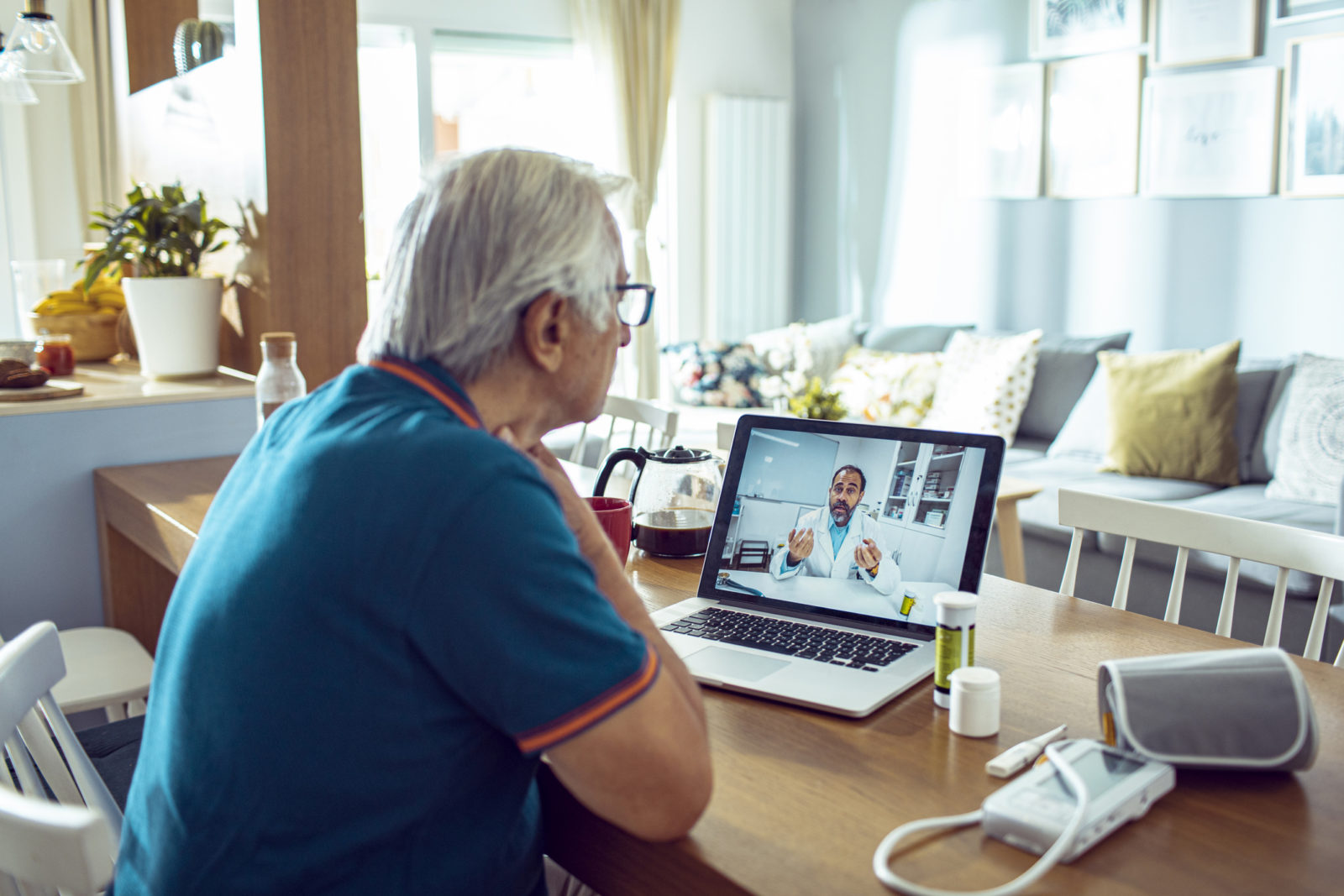How to Prepare for a Telehealth Appointment

The coronavirus pandemic had a big impact on the acceptance of telehealth (or telemedicine) appointments. More healthcare providers adopted the practice, and more patients learned how to use the technology. Instead of traveling to a provider’s office, many patients can now have their visit using their phone, tablet, or desktop computer, from the safety of their own home. Some visits use video, while others are voice only.
Besides the obvious benefits for people with mobility challenges, other benefits of telehealth include:
- Getting care from a specialist who is not close by
- Getting care after office hours
- More communication with your providers
- Lower cost, since virtual visits may be cheaper than in-person visits
Telehealth visits are not limited to check-ins with your primary care doctor. You can also use them to discuss prescriptions, receive mental health or nutritional counseling, and get urgent care for ailments such as colds or urinary tract infections. Patients have even been able to use telehealth for eye exams and visits with their dermatologists.
Visiting your doctor “remotely” is similar to an in-person visit. Doctors and other providers follow procedures to ensure the patient’s privacy. They follow protocols to ensure the patient’s needs are addressed, and they document the visit in your records. Be aware, though, that you may need to follow up your telehealth visit with an in-person appointment. That might be for a follow-up with the same healthcare provider, lab tests, x-rays, or other services.
As with all visits to healthcare providers, being prepared is important. If you want to try telehealth, the U.S. Department of Health and Human Services offers these tips:
- Make sure you have access to a phone or a device with internet access.
- Find a quiet, private place where you are comfortable.
- If you’re not familiar with the internet or video calling, ask a friend or relative to get you acquainted. You may also wish to have a trusted person present during the visit.
- Take a video or photo of anything you’d like to show the provider. Send the images ahead of your appointment. This can be especially helpful for an audio-only appointment.
- Have information about your allergies, medications, hospitalizations, surgeries, and test results handy.
- Write down any questions you have.
- Prepare to take notes.
- Wear loose clothing if you’ll need to show the provider something on your skin or a specific part of your body.
- Be ready to show the devices or tools that help you monitor your chronic conditions, if you use any. For example, have your blood pressure monitor nearby.
Finally, make sure you understand your diagnosis and any recommended treatments. If you don’t understand the answers, ask questions until you do understand. Ask for written instructions if you need them. Find out where else you can go for further information.
At Family Home Health, we help clients with outcome-focused care, technology and education. You may already be familiar with our own Telehealth Monitoring System. Our team works with clients, their loved ones, physicians and other healthcare providers to assist individuals with multiple medical conditions receive the care they need to live life to the fullest.
![Family Home Health [logo]](https://www.familyhomehealthnetwork.com/wp-content/uploads/sites/250/2017/04/logo-new.png)